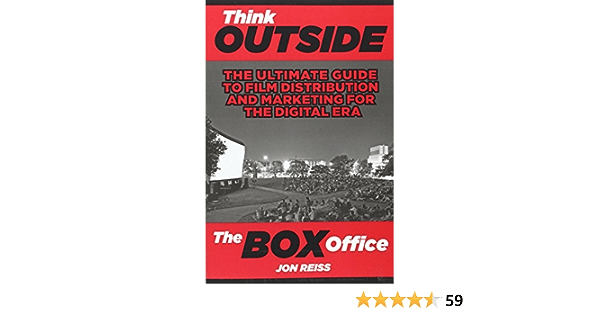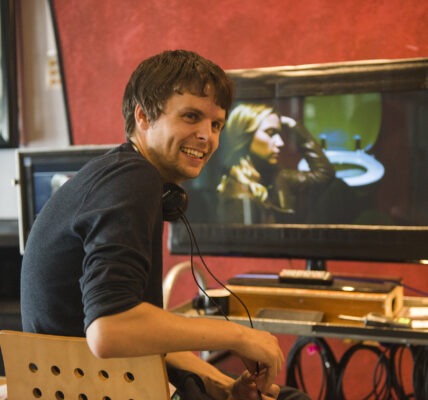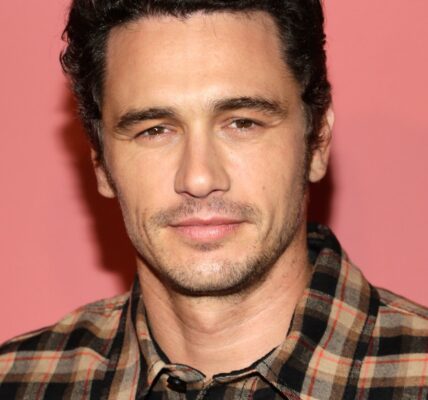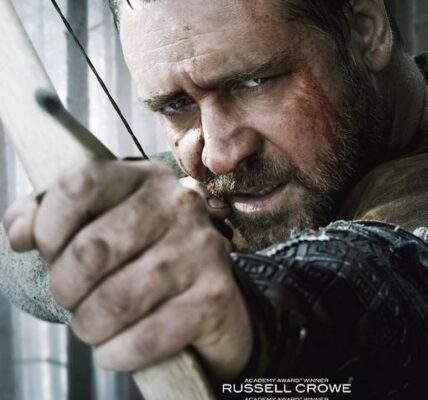Acting Up – Why distributors can no longer rely on old-school star power to sell a movie. – |
Question: How many actors does it take to change a light bulb? Answer: 2231. That’s one actor to change the light bulb and 2230 to stand at the bottom of the ladder bitterly lamenting, ‘That should have been me up there.’
The basic concept of the star-driven box-office hit is clearly coming progressively under threat. The reasons are various and many, though the wane at the top end can be largely attributed to the huge mega-budget spectacle of the studio flagship special effects films that appeal to global audiences and now dominate the worldwide box office. Movies such as Avatar, Transformers, 2012, Star Trek et al don’t have pricey stars, because the films themselves are the pricey stars. This is a trend that looks set to stay with us.
Not that Tom Cruise, Russell Crowe, Julia Roberts and the like need to lose sleep just yet, as there are still enough pictures requiring some form of human being on screen to provide these folks with a decent living. It does, however, beg the question: what is, and indeed who is, a real film star capable of opening a movie nowadays? Where are the contemporary counterparts for the Paul Newmans, Steve McQueens, Marilyn Monroes, James Cagneys, and Audrey Hepburns of yesteryear? People that by weight of name alone, could pack cinemas all over the world simply by starring in a film? Frankly, the volume of filmed material and the competitive options open to the consumer have laid to rest the status of film stars as Gods and Goddesses who must be prayed to weekly at the local cineplex.
Again—alarmingly, given that the top end of the independent film appeal is almost entirely driven by a defined hard core of auteur directors such as the Coen Brothers, Steven Soderbergh and Ang Lee—it is increasingly hard for an actor to establish a strong foothold within this sector. And when one of the tinsel-town thespian aristocrats deems to delve into the twilight world of independent production, disaster is never too far away: Michael Douglas in King of California, Harrison Ford in Crossing Over, anyone? This is a marriage that always seems uncomfortably false. Commercially speaking any distributor, while recognising the value of the performer, also knows that inevitably the very savvy film critics will spot the misfit and scream ‘vanity project’, thus potentially nullifying any added appeal the project may have had anyway.
The basic concept of the star-driven box-office hit is clearly coming under threat.
So are we saying that the night of 1000 stars is probably over? Well, in a way, yes. Clearly only a very few people can definitely open a film, and then it has to fall directly within the franchise of whatever appeal that star is recognised for.
A generational shift in audience tastes is also occurring. Exacerbated by an increasingly rapid paradigm shift in delivery systems and exhibition windows, coupled with the impact of the recession on the international sales and DVD market, the industry has now given rise to a new generation of more cost-effective performers who can attract significant audiences but have yet to prove their long-standing or cross- generational appeal like their forbears. Actors such as Zac Efron, Taylor Lautner, Emma Roberts, Robert Pattinson, Chris Pine, Kristen Stewart and Shia LeBeouf to name a few, populate the event cinema, franchise features, high concept comedies and TV spin-offs that are the new common currency of the international marketplace.
Network and especially pay-TV (the likes of HBO and Showtime) is no longer perceived as a ‘ghetto’ for actors, with both established and new artists routinely moving from one medium to the other. It has also become a fertile breeding ground for fledgling big screen talent and an invaluable ‘incubator’ (think High School Musical) and promotional platform for many of these bright new things.
In this new box-office order, older performers may have to struggle to reinvent themselves in supporting or character roles or, more cannily, be seen to align themselves with younger ‘hot’ performers. Failing this, a reversion to tried and tested franchise vehicles that still have some latent audience appeal (i.e. the mooted Indy 5, Stallone’s old-school action homage The Expendables or Cruise’s Mission: Impossible 4) remains, for a select few Eighties and Nineties former box-office behemoths at least, a viable option.
Yet for all the hype surrounding the new digital cinema and the oft-promised dawn of performance capture and synthetic actors -or ‘synthespians’ -box-office blockbusters such as Avatar and Robert Zemeckis’ A Christmas Carol may still only represent the exception to the rule in relation to the bulk of future cinematic output for performers. The market is cyclical and the faces will change; as new generations of actors emerge to engage new audiences, existing stars will diminish in their appeal. But while buyers and audiences alike may show a seemingly inexhaustible appetite for high concept event pictures, in the end it’s still the flesh and blood performers that elicit our greatest empathy, who still anchor and give credence to the significant majority of these projects, and who largely continue to put those derrieres on seats.
These new technologies do offer one significantly intriguing possibility: that is the notion of reviving performers who have passed away or are too old to perform in the roles that once guaranteed their box-office value. The King of the World himself, James Cameron, has already mooted the idea of using these new digital performance tools to performance-capture a digitally revived Clint Eastwood in his 1970’s prime, taking on the mantle of Dirty Harry once again! On the basis of this, could we be looking at the possibility of future event pictures featuring digitally recreated avatars of box-office stars of the past effortlessly and convincingly interacting with the stars of today? Imagine Steve McQueen and Sam Worthington in Avatar 2, Cary Crant and George Clooney in Ocean’s 14 or a 1960s-era Sean Connery and Daniel Craig as duelling Bonds? Personally, we’ll be holding out for the ‘ultimate’ comedy team-up of Adam Sandler and Charles Hawtrey but we accept that, technology aside, we might be waiting a while for that!
Whatever the future holds, it’s clear that advanced digital tools will offer us potentially limitless opportunities for performance but, aesthetic and even moral considerations aside, like all matters related to the box-office, we the audience will ultimately decide what is successful and what is not.












